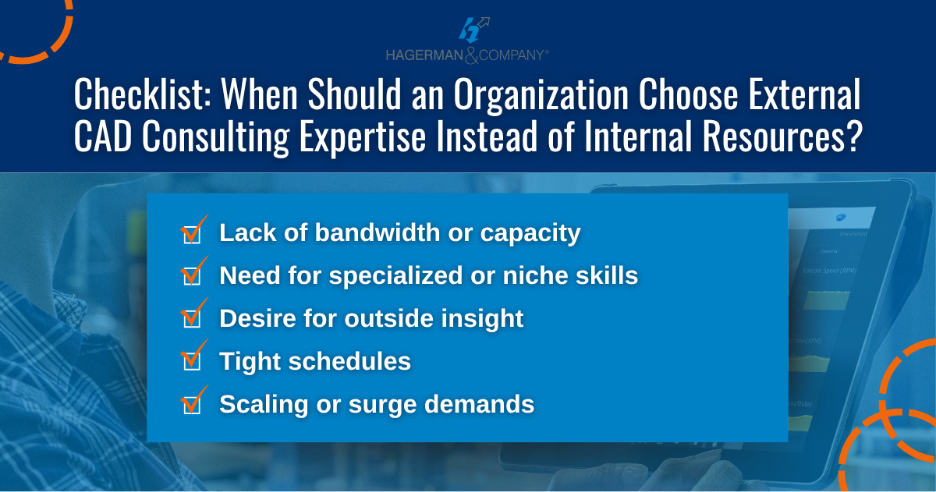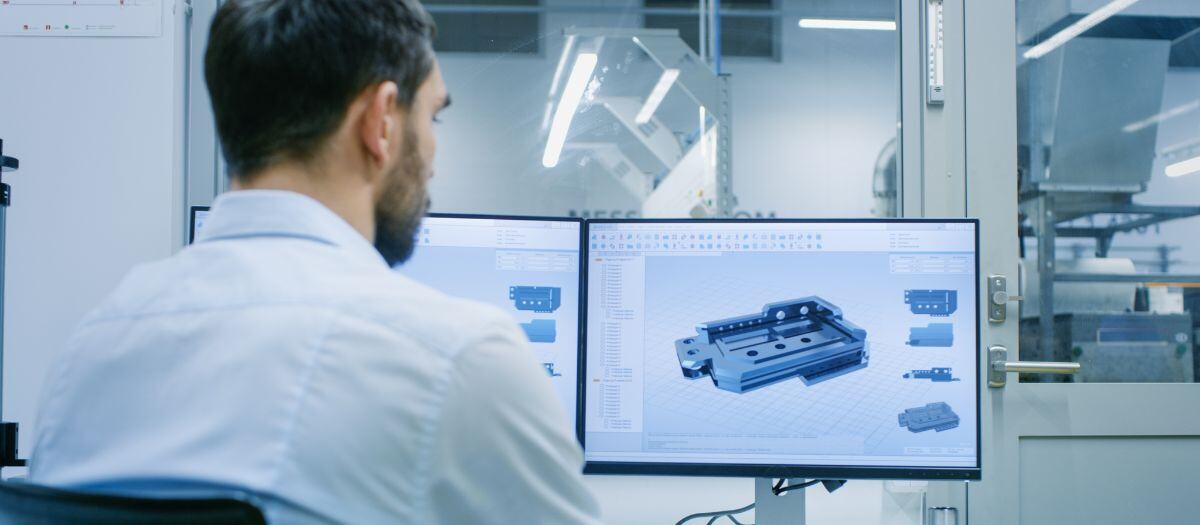
Product design and engineering teams generate vast amounts of data, including CAD models, revisions, specifications, BOMs, and documentation. When this information is spread through desktops, shared drives, and email, the inevitable result is misalignment.
As projects grow and teams expand, managing this scattered data becomes harder. Document management bottlenecks jeopardize project schedules, product excellence, and earnings. Outdated storage systems cannot meet the requirements of current product development, often causing unproductive work and errors.
To tackle these issues, many organizations adopt Product Data Management (PDM) software. When used effectively, this solution provides enhanced control, value-driven collaboration, and more insightful decision-making.
Let’s examine why traditional storage falls short and explain how a PDM solution can help your team achieve excellence in delivering higher-quality products.
Still Relying on Outdated Product Data Management?
According to the 2025 Autodesk State of Design and Make Report, organizations are focusing on cost management amid ongoing inflation and an unstable supply chain structure. Many organizations are exploring AI and other new technologies to stay competitive, but adopting these tools may not bring value unless current processes are streamlined and aligned with the goals to be achieved.
Despite organizations employing AI for greater output and a better return on investment, the challenge of outdated data management frequently receives insufficient attention. A recent study by S&P Global Market Intelligence highlights that 32% of organizations identify data management as the primary technical barrier to AI adoption.
- Fragmented Data Silos. Design files are scattered across local machines or shared drives, resulting in confusion and duplication.
- Version Control Failures. Teams work on outdated or incorrect file versions, causing costly rework and delays.
- Slow and Disconnected Workflows. Teams lose time manually handling data, with no single source of truth or streamlined process.
- Security and Compliance Risks. Traditional storage lacks the control needed to meet industry standards or protect sensitive data.
These challenges resonate with industry professionals. As Forrest Judd, Senior Consulting Engineer at Hagerman & Company, observes:
“As a project leader, you probably know there’s a better way to approach these issues. But it’s tough to push pause and set up new systems.”
Fortunately, product data management software can facilitate this advancement in a phased approach by consolidating product data, boosting cooperation, and offering teams the access and authority necessary to develop superior products at a faster pace.
PDM vs. Traditional Data Storage
It’s true that traditional data storage doesn’t require much training or investment, and it gives your team a sense of control. However, as projects become larger and product data becomes much more complex, these legacy systems start to falter.
Switching to a PDM system brings structure to help your team work more efficiently across the board. Let's compare the two document management systems side-by-side.
|
Feature |
Traditional Storage |
PDM Software |
|
File Access |
Localized, inconsistent |
Centralized, secure, role-based access |
|
Version Control |
Manual, error-prone |
Automated, traceable |
|
Collaboration |
Slow, often email-based |
Real-time, integrated |
|
Workflow Automation |
Largely absent |
Built-in processes and approval flows |
|
Audit and Compliance |
Manual tracking |
Full revision history and traceability |
|
Data Recovery |
Limited |
Secure backups and version history |
|
Scalability |
Difficult to scale with growing data |
Designed to scale easily with project size and team growth |
|
Searchability |
Limited search capabilities, slow |
Advanced search with metadata and filters |
|
Integration |
Often isolated from other tools |
Integrates with CAD, ERP, PLM, and other software |
|
Security |
Basic file protection, vulnerable to breaches |
Enhanced security with encryption and access controls |
|
Reporting and Analytics |
Minimal or no reporting |
Built-in analytics for workflow insights and bottlenecks |
Managing detailed product data shared between multiple teams is a major, often overlooked risk in engineering projects.
Version conflicts, scattered files, and manual sharing slow development and frustrate engineering teams. PDM software resolves these issues by providing a single source of truth, maintaining data accuracy, and automating access control. For project leaders, this means fewer setbacks and more predictable delivery timelines.
Beyond improving day-to-day tasks, PDM helps align project initiatives with business goals.
The Strategic Advantages of PDM Powered by Expert Implementation
Achieve Exceptional Agility
PDM provides immediate data access from any location and enables quick adaptation and smooth multi-CAD collaboration while removing hidden barriers. This access allows a design team working in different locations to instantly access and update the same 3D model without version conflicts.
Modernize Product Development
With the right setup, PDM integrates seamlessly with CAD tools, ERP systems, and cloud platforms to enable digital transformation.
Updating your process doesn’t mean starting from scratch. Your team can focus on making the most of your current data and CAD software while taking advantage of new tools like PDM. This way, you have more flexibility and control to get more value from your projects.
Streamline Communication and Collaboration
About 75% of employees consider teamwork and collaboration to be crucial for successful project completion, but that doesn’t mean requesting data from another team is easy, especially for bigger projects. Requesting data from another team, waiting for a response, and receiving the information can take up a lot of time, with plenty of room for delays or errors.
When 3D CAD and PDM work together, managing product data becomes seamless. PDM centralizes information in a secure system that scales with your business, enabling faster, more effective collaboration. Product data also determines inventory, so enhancing its availability makes it easier to ensure that your suppliers and customers have access to the most up-to-date information.
Enable Dynamic Decisions
Changes from engineering, manufacturing, procurement, or customers often create discrepancies, frequently due to slow data retrieval or communication issues between teams. Expert-driven PDM uses automation, structured data control, and enhanced communication to mitigate delays and expedite decision-making.
Expert implementation of PDM can help your team achieve complete command over your product information and processes. This strategy dismantles silos, improves teamwork, and helps projects move more quickly with fewer mistakes, ultimately supporting stronger and forward-thinking product development.
Achieve More Project Wins, Upgrade to PDM
“Before digitalization, much of this work (producing digital and built assets) took place in discrete, siloed phases, handed off from specialist to specialist. With the advent of digital workspaces and modeling tools, these phases have converged into a centralized way of working informed by data-driven insights. Today, teams collaborating on Design and Make projects see their work as part of a larger, interconnected process.”
- 2025 Autodesk State of Design and Make Report -
Many teams continue to struggle with disconnected tools and outdated processes, not because they want to but because they haven’t had the chance to step back and assess what’s really holding them back. Experts can help you evaluate your current systems, recommend and implement tailored solutions, and provide ongoing support as you advance toward your digital transformation goals, whether through AI or other technologies.
Hagerman & Company brings over 40 years of expertise in product data management and digital transformation. With our connected PDM solutions, we help teams move beyond the limitations of traditional storage and into a more connected, efficient, and innovative way of working.
Ready to remove product data management roadblocks and achieve more project wins? Contact Hagerman & Company today for a consultation.





Comments